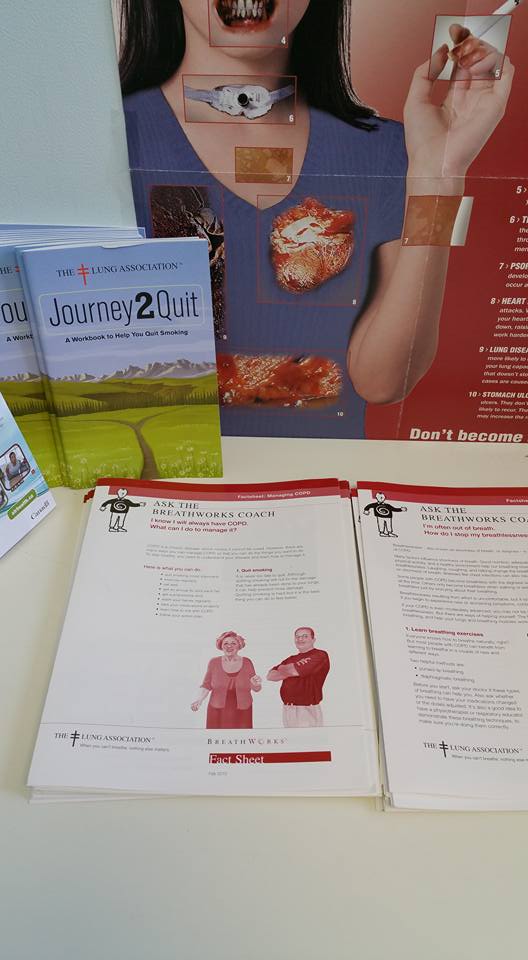We said farewell to 2016 and welcomed 2017. After few days of celebration we returned to our regular schedule. Having a new year’s resolution is common and well established for many individuals. Creating a new year resolution is not a new concept, and can be linked back to 4000 years ago, in the ancient Babylon (1). We can all recall the elements of an effective goal setting/plan. SMART. Specific, Measurable, Attainable, Realistic and Timely. We have been exposed to effective planning throughout our academic and clinical training. However, I would like to remind you of an important step that will benefit both us and our patients. Planning for possible and upcoming obstacles will be the focus of this post. During my undergraduate studies, Kinesiology with a minor in Psychology, students were encouraged to explore possible obstacles that may hinder the performance and recovery of their patients. Let’s look at one scenario.
The client works in an administrative setting where the stress of producing end of month reports elevates his or her stress level. This anxiety may lead to an increased urge or temptation to variety of thoughts, actions, feelings and behaviours. Our client may end up working longer hours in the final days of the month, and resort to take-out and unhealthy eating habits. Also, in order to meet his/her deadlines, he/she skips the dedicated exercise time. If our patient is trying to quit smoking or recently has stopped smoking, stress may trigger an automatic impulse to reach for a cigarette. Also, if others in the office react and behave in the same unhealthy manner when faced with stress, there will be an added external confirmation and enabling. Now, if we sit down with the client and identify this monthly obstacle or challenge, we can better plan for it.
Meals: Packing healthy snacks and lunch/dinner so it is readily available. Benefits include saving money, one less thing to possibly to worry about, and providing the body with a well balanced energy and nutrients.
Exercise: Exercise helps to lower stress and improve mood, which allows individuals to remain calm and better focus on task on hand (2). Consider taking 30-minutes walk breaks, without the distraction of listening to the news, reading/replying to emails, talking on the phone, or watching a TV show/Netflix.
Smoking Cessation: By preventing or managing stress triggers when overwhelmed, individuals can better handle their cravings. Avoid accompanying colleagues who are going outside to smoke. (For other list of available resources check out: http://www.smoke-free.ca/pdf_1/smoking_guide_en.pdf )
When people become stressed, the fight or flight conditioning kicks in, their focus becomes narrowed, and they are more inclined to repeat what they have trained themselves to do. We can adopt the lessons from this case study and apply it to our lives. Take the time to analyse and identify the obstacles in our plans. Write them down. It may feel weird or silly to do this exercise but you will thank yourself in the long run. Create a list. (If X happens, then I can do A, B or C). Keep it simple. Break down each step into smaller parts. Keep track of your progress. Celebrate every small achievement in your path. Keep at it!
Farzad ‘Raffi’ Refahi
1. Bennett, Howard. Why do we make new year’s resolutions? Washington Post (online). Posted: December 31, 2015
https://www.washingtonpost.com/lifestyle/kidspost/why-do-we-make-new-years-resolutions/2012/12/21/08b56a2a-381e-11e2-b01f-5f55b193f58f_story.html?utm_term=.dfd45acd2199
2. Exercise and stress: Get moving to manage stress. Mayo-Clinic (Online). Posted: April 16, 2015
http://www.mayoclinic.org/healthy-lifestyle/stress-management/in-depth/exercise-and-stress/art-20044469


